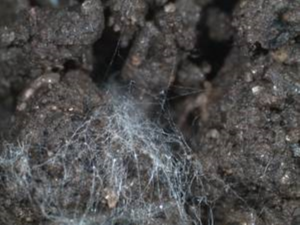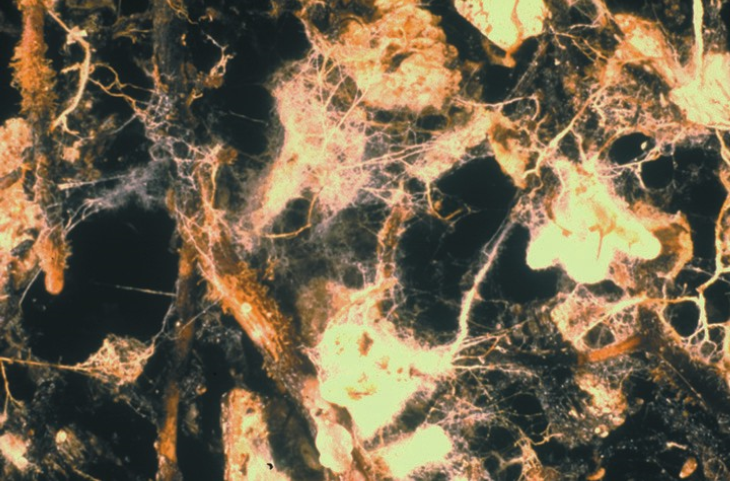
The soil determines the species composition of forests and also directly correlates to the quality and vigor and how it should be managed. Soils are the source of nutrient, moisture, and biological activity availability to forest product roots and can have a wide variety of successfully providing for your vegetation.
What’s going on below the forest floor? Forested soils generally have higher levels of fungi than prairie and agricultural soils. This lends itself to vast connections of vegetation below the soil to provide communications, sharing of nutrients, and water. These fungi exponentially increase the area of reach within the soil for vegetation bringing in nutrients and water that are far away and bring them to the plants. A square inch of soil can have miles of fungus root extensions called mycelium. In addition to these fungi capturing water and nutrients out of the vegetation’s reach, the fungi also help to transform nutrients into plant available compounds.
This helps to keep our trees and shrubs healthy making them less susceptible to pests and diseases as well as them creating antibiotic compounds to further protect the vegetation.
Disturbing the soil with equipment, chemicals, and removal of plant litter can reduce fungal growth. If tree planting site prep includes tilling or herbicide application, a good portion of the beneficial native fungi may be destroyed.

Food and Agriculture Organization of the United Nations

Credit: Randy Molina, Oregon State University, Corvallis. Please contact the Soil and Water Conservation Society at pubs@swcs.org for assistance with copyrighted (credited) images.
